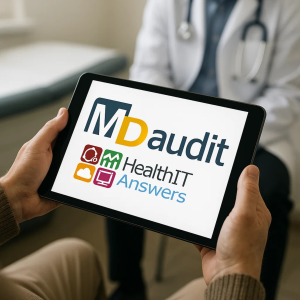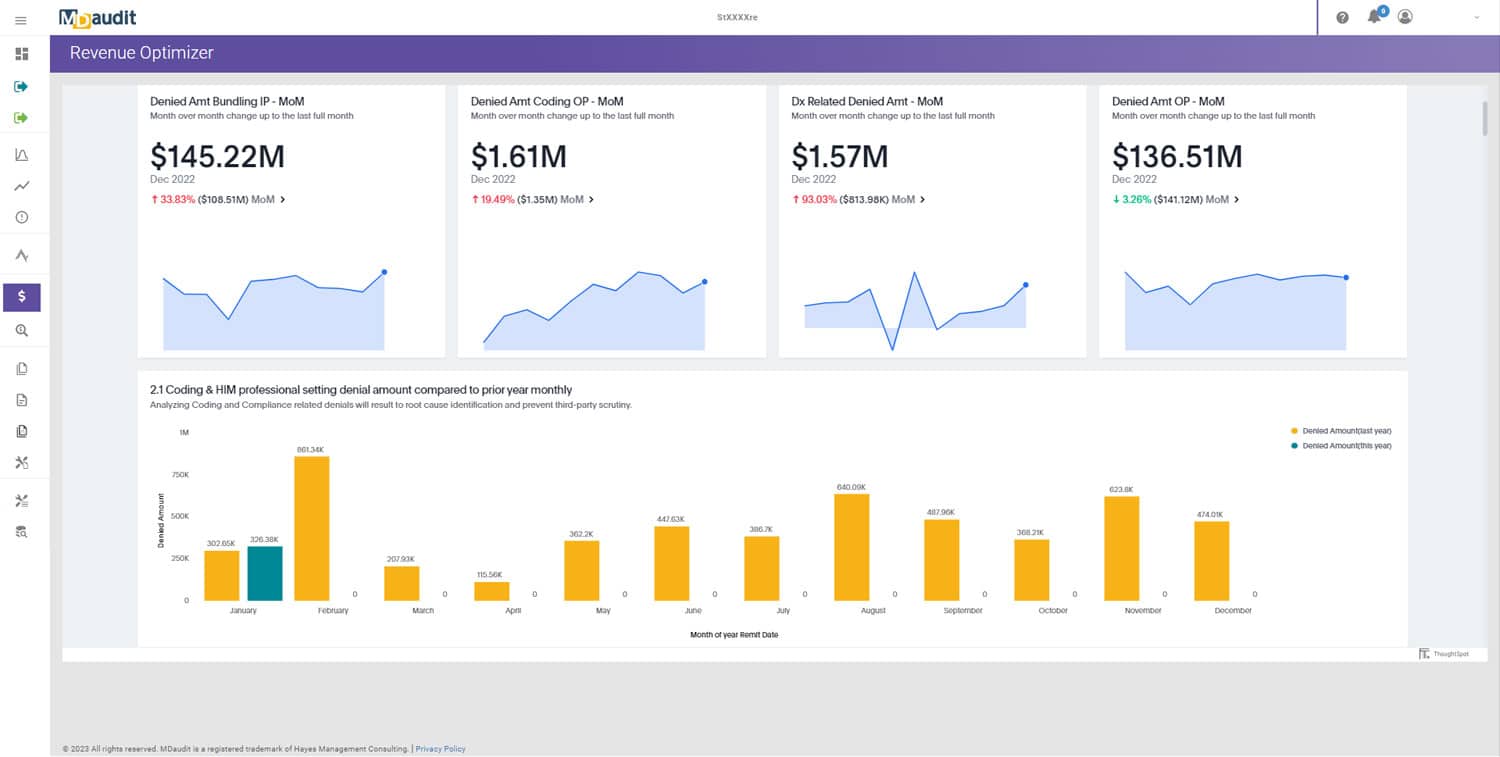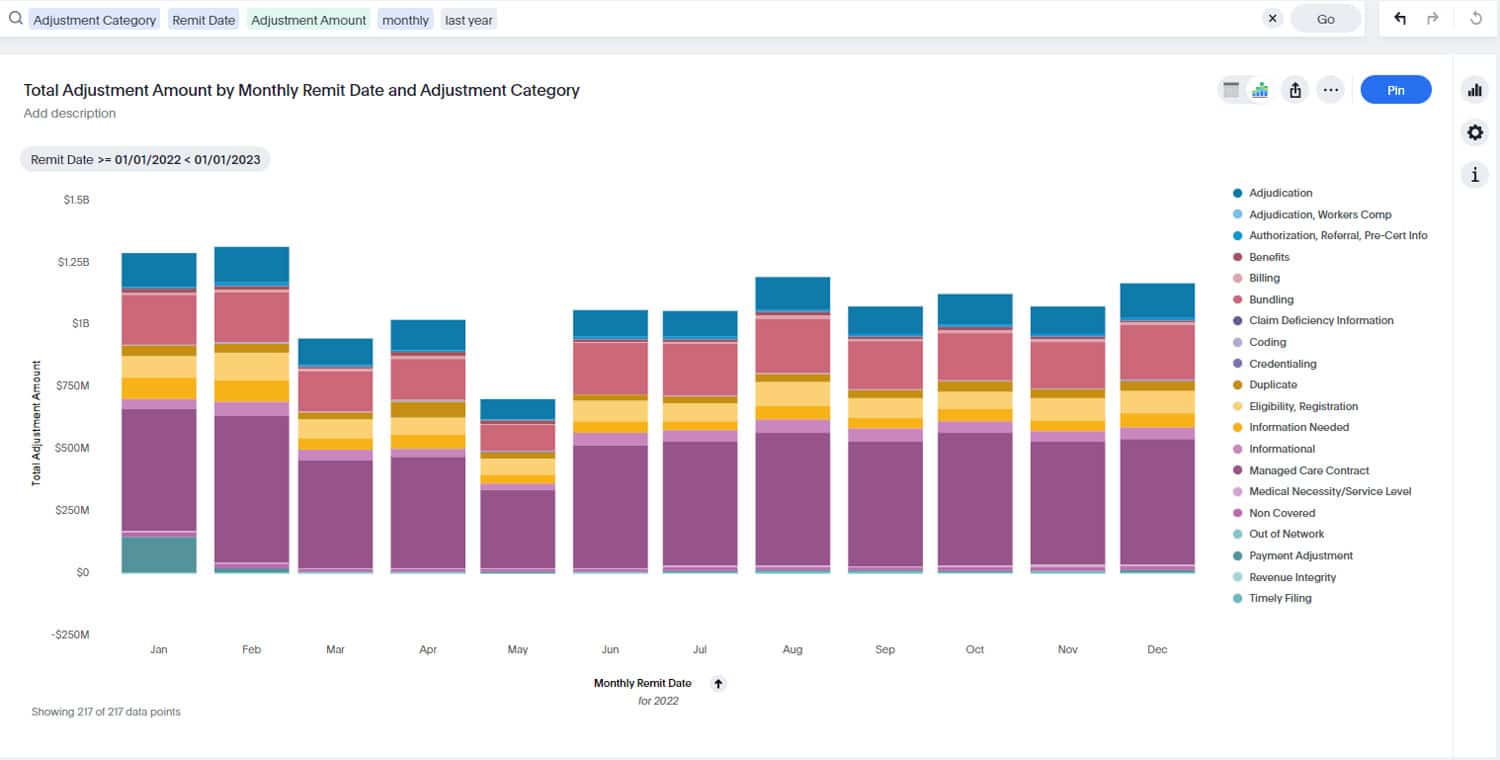In today’s healthcare environment, preventing revenue leakage is more than a financial priority, it’s a compliance imperative. Faced with evolving payer scrutiny, mounting denials, and stricter regulatory oversight, healthcare organizations must shift their auditing strategies from reactive to proactive. This is where proactive compliance audits play a critical role.
A robust revenue integrity program incorporating such audits, often utilizing risk-based auditing methodologies, can uncover hidden compliance gaps and prevent revenue loss, thereby safeguarding financial sustainability. This blog explores how these forward-thinking proactive compliance audits not only support overall compliance but are central to preventing revenue leakage.
What Is Revenue Leakage in Healthcare?
Revenue leakage occurs when healthcare organizations fail to collect revenue they’re rightfully owed—often due to preventable issues like incorrect coding, missed charges, documentation gaps, or billing errors. Left unchecked, these losses can significantly impact bottom lines.
Common sources of revenue leakage include:
- Undocumented or unbilled services
- Inaccurate diagnosis or procedure coding
- Failure to meet payer-specific documentation requirements
- Denials from incomplete or non-compliant claims
- Gaps between charge capture and billing systems
The key to preventing revenue leakage from these sources lies in deploying a strategy centered on proactive compliance audits that identify errors before they affect reimbursement.
From Reactive to Proactive: Evolving the Audit Mindset for Compliance
Historically, many healthcare compliance programs have focused on retrospective audits, examining claims after submission or after denials occur. While this approach remains important, it’s no longer sufficient for effectively preventing revenue leakage.
Proactive compliance audits, often enabled by automation and predictive analytics, take a forward-looking approach as described in resources like “From Reactive to Proactive: Implementing a Risk-Based Auditing Strategy”:
- Targeting high-risk services and providers before claims are submitted
- Monitoring outlier trends in coding or billing behavior
- Prioritizing resources based on compliance risk scoring
- Intervening early to prevent denied or underpaid claims
This transition to proactive methods is a core part of modern compliance efforts aimed at preventing revenue leakage, ensuring organizations catch issues upstream—long before revenue is lost or flagged in a payer audit.
The Power of Risk-Based Auditing in Proactive Compliance
At the heart of many proactive compliance audits lies risk-based auditing, a method that uses real-time data to identify and prioritize audit targets based on potential financial, regulatory, or reputational risk.
Key capabilities of tools supporting this audit type include:
- Claims scoring and risk stratification across coding categories or providers
- Anomaly detection based on historical audit data or payer denials
- Automated audit scheduling based on risk thresholds
- Dashboards and analytics to monitor trends in audit outcomes
Platforms like MDaudit allow compliance teams to move beyond random sampling, instead focusing their proactive compliance audits on the areas most likely to cause leakage or non-compliance. This not only improves audit yield but strengthens the organization’s defensibility if audited by external entities.
Preventing Revenue Leakage Through Audit Automation
To effectively use proactive compliance audits for preventing revenue leakage at scale, automation is critical. Manual audits, though valuable, can’t keep pace with the volume of claims, complexity of coding changes, or dynamic payer rules. That’s where audit workflow automation becomes a force multiplier for compliance teams.
Benefits of an automated auditing platform include:
- Seamless integration with electronic health records and billing systems
- Instant alerts when coding or documentation deviates from standards
- Built-in compliance checklists for each audit type
- Real-time feedback loops between coders, auditors, and providers
- Consistent audit documentation for internal and external reporting
Automating proactive compliance audits reduces human error, accelerates resolution time, and ensures no high-risk cases are overlooked. This leads directly to stronger preventing revenue leakage efforts across the organization.
Building a Resilient Revenue Integrity Program Around Proactive Audits
While the title focuses on audits, their role in preventing revenue leakage is often maximized within a broader strategy. A mature revenue integrity program connects compliance, coding, billing, and finance teams around shared goals, with proactive compliance audits as a cornerstone.
Core components of a high-performing program that supports these audits include:
- A centralized platform like MDaudit that unites auditing, compliance, and analytics
- Cross-functional workflows between audit, clinical documentation, and billing teams
- Key performance indicators (KPIs) to measure audit outcomes, denial rates, and recovered revenue
- Continuous training based on audit findings and payer updates
- Executive reporting to communicate ROI from auditing efforts
When proactive compliance audits are supported by strong technology and collaboration within such a program, they become a powerful engine for preventing revenue leakage.
Real-World Impact of Proactive Compliance Audits
The financial implications of proactive compliance audits are measurable. Healthcare systems that embed these risk-based audits into their operations often report:
- 15–25% reduction in denial-related revenue loss
- Faster audit cycle times, freeing up staff capacity
- Improved provider documentation quality, reducing audit fatigue
- Higher audit yield, with more issues identified per case reviewed
Even more important is the long-term ROI: fewer rework cycles, stronger compliance posture, and increased payer trust, all contributing to preventing revenue leakage.
Proactive Compliance Audits Prevent Systemic Loss
In a healthcare environment where every dollar counts, preventing revenue leakage is a strategic priority. The organizations leading the way are those investing in tools for proactive compliance audits, particularly risk-based auditing methodologies, and automating their compliance workflows—making auditing smarter, not harder.
Whether your team is focused on internal compliance, external audit defense, or revenue optimization, proactive compliance audits should be foundational to your strategy for preventing revenue leakage.
To see how MDaudit can help you implement effective proactive compliance audits and stop revenue leakage before it starts, schedule a demo today.







